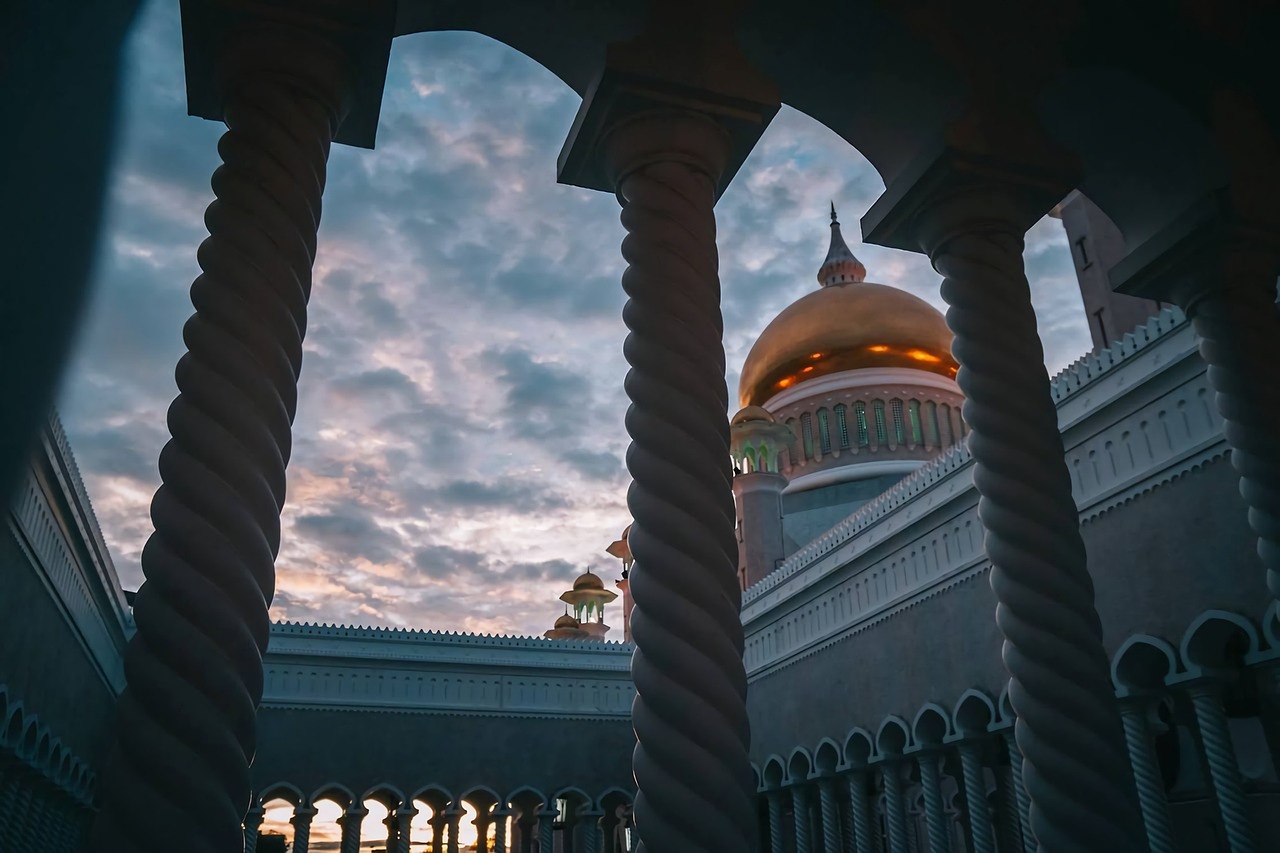Nestled in the southwestern region of the Karnak Temple Complex on the East Bank of Luxor, the Khonsu Temple is celebrated as a prime illustration of a well-structured small temple from the New Kingdom era. Its construction began during the reign of Ramses III, but it was completed under subsequent rulers, including Libyan generals who held power in Upper Egypt. The temple is dedicated to Khonsu, the son of Amun and Mut, and features a peristyle court encircled by a portico supported by twenty-eight columns that leads into a hypostyle hall and a barque sanctuary. The temple is home to some of the most beautifully preserved and vibrant relief carvings found at Karnak, which had been obscured for centuries under layers of soot and dirt.
The American Research Center in Egypt (ARCE) played a vital role in the conservation and documentation of Khonsu Temple, with backing from the U.S. Agency for International Development (USAID). This initiative evolved through a field training program designed for conservators affiliated with the Ministry of Tourism and Antiquities. The project’s scope included cleaning and preserving six chapels within the temple, as well as carrying out structural enhancements to reinforce the monument, establishing a photographic documentation training course for the Luxor inspectorate, and creating informative signage for visitors. The conservation activities spearheaded by ARCE commenced in 2006 and persisted until 2018, unfolding in various phases.
The initial phase of work in 2006 involved the installation of a stone pathway that encompassed the eastern, northern, and southern boundaries of the temple. Following this, efforts were directed toward laying new flooring in the primary court and the hypostyle hall, cleansing the columns in the main court, and partially reconstructing the north-facing facade of the temple. By late 2008, Italian conservators arrived in Luxor, concentrating on stabilizing, cleaning, and restoring the painted reliefs within the temple. Their meticulous work largely centered around Chapel 12 during the 2008-2009 season. This chapel was upgraded with visitor-friendly sandstone flooring and an innovative solar lighting system that filters sunlight to eliminate the necessity for conventional lighting. Additionally, a portable wall guard structure was implemented, which could be easily removed for cleaning or to reveal the walls entirely, alongside a small solar-powered ventilation system designed to enhance air circulation and minimize moisture from visitors’ breathing. Chapel 12’s renovation became a model for the conservation efforts in the other chapels of the temple.
In September 2019, ARCE marked the successful conservation of the temple in collaboration with its partners, USAID and the Ministry of Tourism and Antiquities. The ceremony was graced by various dignitaries, including Dr. Khaled El Anany, the Egyptian Minister of Tourism and Antiquities, Thomas Goldberger, the U.S. Chargé d’Affairs, Sherry Carlin, the then-USAID Egypt Director, along with Dr. Mostafa Waziry, Secretary-General of the Supreme Council of Antiquities, and Luxor Governor Councilor, Mostafa Alham.



